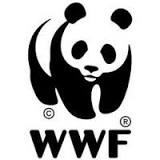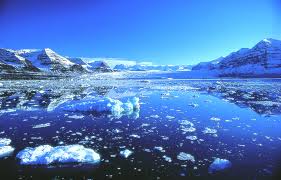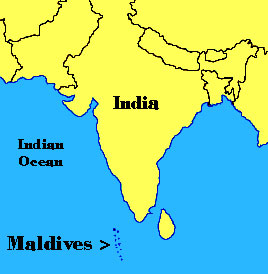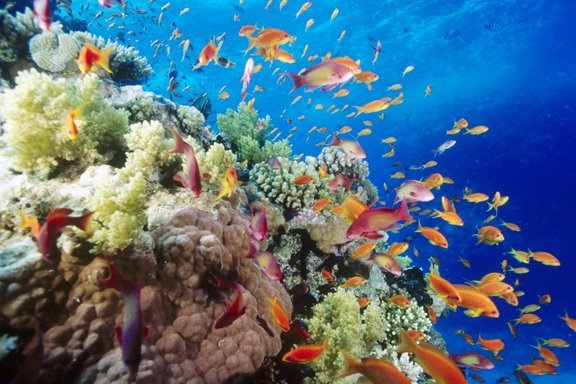This is the Prezi I produced on climate change. Please
Animals in certain areas of the world are threatened by climate change. With waters and land warming, species have been moving to different areas. For example, fish in Cornwall have moved up north to The Shetland islands.
We think, The fact that these species have already moved is an alarming sign that we are right in the middle of climate changing. Animals at Risk: The Polar Bear Sea Turtle The Panda The African Elephant Dolphins Whales Tigers .. and many more. We believe that something has to be done to try and stop the extinction of these endangered animals. The WWF (World Wide Fund for Nature) help to lower the risk of endangering animals. Visit: www.wwf.org for more information on this. We thank them for all the work put they put into, to help these animals at risk. Please visit their website for more information! & also for providing us with valuable information for our project. Due to heating of the waters, scientists believe that ice caps are melting, The main cause: Climate change. The temperature of water increases once land temperature increases. Therefore icecaps and glaciers break and melt causing the ocean to rise. This will lead to higher sea temperatures, which may in time, force people out of their homes and cause flooding on coastal lands. The artic ice will also be destroyed over time, including its animals and mamals. Coutries on low lying land & islands, like the Maldives, which it's highest point is 8ft above water, the rising sea level is quickly swallowing up the land and its habitats will eventually have to emmigrate.
What is coral bleaching? Coral bleaching is the change of colour in coral reefs, to an off white colour. Coral bleaching is a stress condition which occurs for many reasons in relation to climate change. How does it occur?
In scientific terms ''Coral bleaching is the loss of intracellular endosymbionts (Symbiodinium, also known as zooxanthellae) through either expulsion or loss of algal pigmentation.'' When the water is too warm, corals expel a tissue which causes it to turn white. Other known causes include extreme cold waters, toxins and salinity levels. Can it be fixed? Bleached corals are still alive and can recover from a stressful condition, as long as it is not too severe. It can take along time for the coral to regain its natural colour. In relation to climate change.. As the temperatures rise in the atmosphere, the sea absorbs some of this heat and therefore becomes warmer. It also absorbs green house gases and toxins. Climate change is the sole reason why coral reefs are being bleached. The Great Barrier Reef The Great barrier reef is a great example of coral bleaching. It has been bleached since the 1990's and had 2 mass coral bleaches since, in 1998 and 2002. In 1998 water temperatures in the reef were 2 degrees above normal. 51% of the coral showed moderate to high bleaching. Different water species were also effected. In 2002, 69% of the inshore coral was highly damaged |





 RSS Feed
RSS Feed